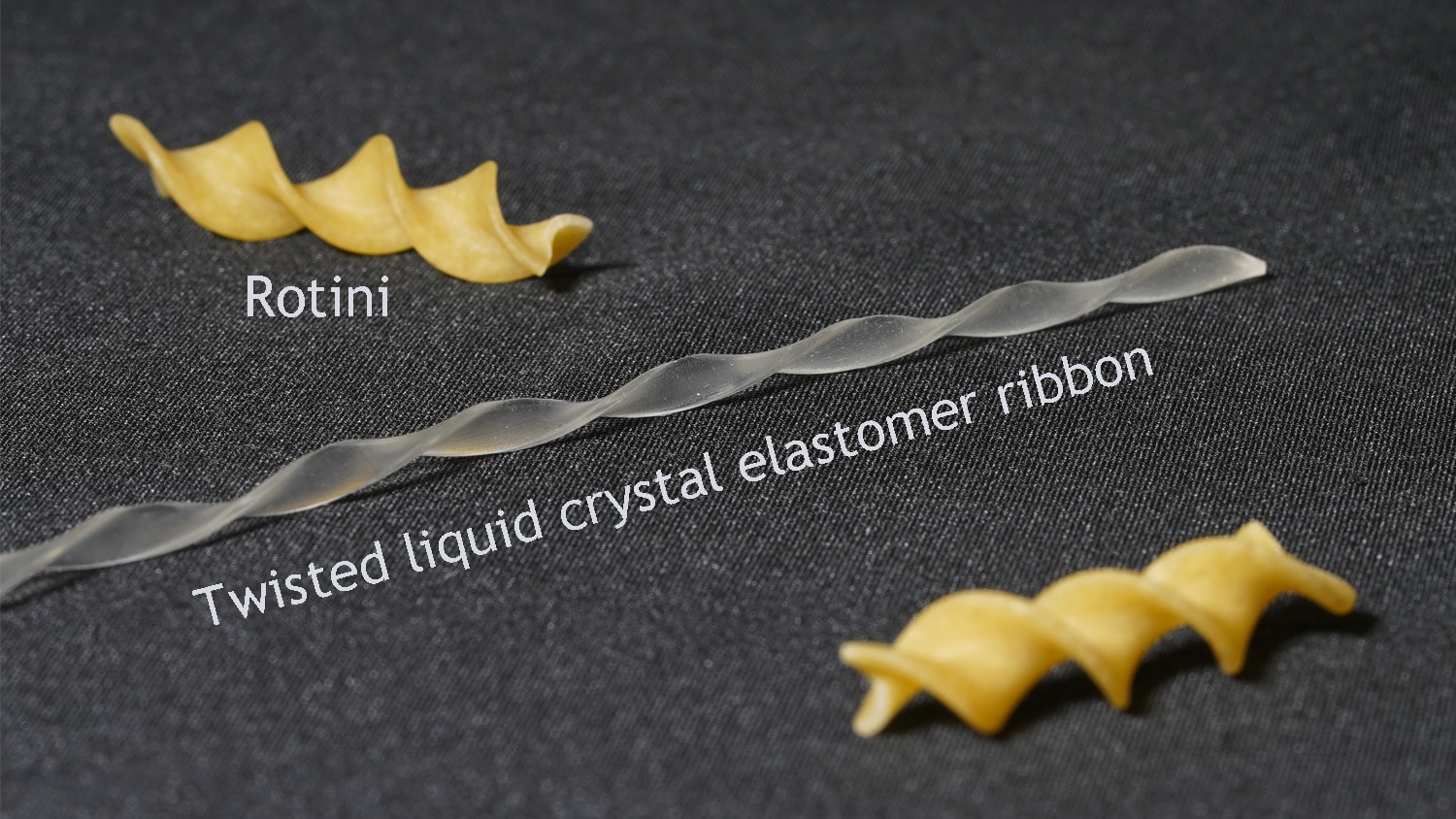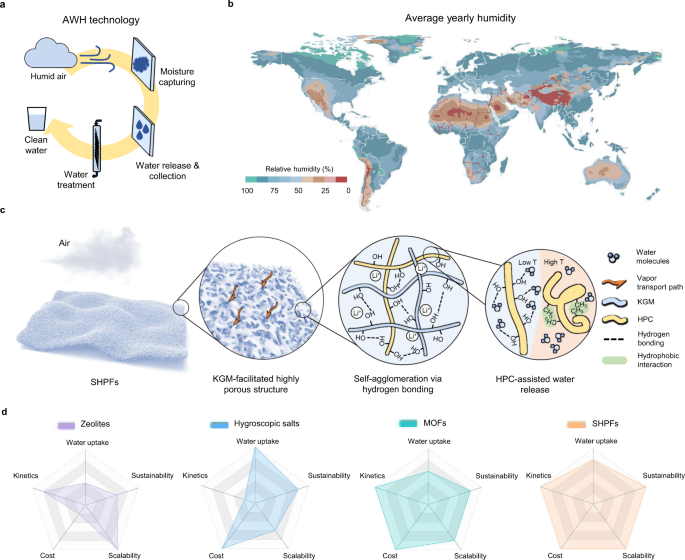2022-05-23 ノースカロライナ州立大学(NCState)

このソフトロボットは、液晶エラストマーでできており、半透明のロティーニに似たねじれたリボン状になっている。このリボンを、周囲の空気よりも高温の摂氏55度(華氏131度)以上の表面に置くと、リボンの表面に触れている部分が収縮し、空気に触れている部分は収縮しない。これがリボンの転がり運動を誘発するのです。そして、表面の温度が高いほど、リボンは速く転がるのです。
<関連情報>
非構造化環境におけるソフトな知能自律型ロボットのためのツイスト Twisting for soft intelligent autonomous robot in unstructured environments
Yao Zhao, Yinding Chi , Yaoye Hong, Yanbin Li , Shu Yang and Jie Yin
Proceedings of the National Academy of Sciences Published:May 23, 2022
DOI:https://doi.org/10.1073/pnas.2200265119
Abstract
Soft robots that can harvest energy from environmental resources for autonomous locomotion is highly desired; however, few are capable of adaptive navigation without human interventions. Here, we report twisting soft robots with embodied physical intelligence for adaptive, intelligent autonomous locomotion in various unstructured environments, without on-board or external controls and human interventions. The soft robots are constructed of twisted thermal-responsive liquid crystal elastomer ribbons with a straight centerline. They can harvest thermal energy from environments to roll on outdoor hard surfaces and challenging granular substrates without slip, including ascending loose sandy slopes, crossing sand ripples, escaping from burying sand, and crossing rocks with additional camouflaging features. The twisting body provides anchoring functionality by burrowing into loose sand. When encountering obstacles, they can either self-turn or self-snap for obstacle negotiation and avoidance. Theoretical models and finite element simulation reveal that such physical intelligence is achieved by spontaneously snapping-through its soft body upon active and adaptive soft body-obstacle interactions. Utilizing this strategy, they can intelligently escape from confined spaces and maze-like obstacle courses without any human intervention. This work presents a de novo design of embodied physical intelligence by harnessing the twisting geometry and snap-through instability for adaptive soft robot-environment interactions.



